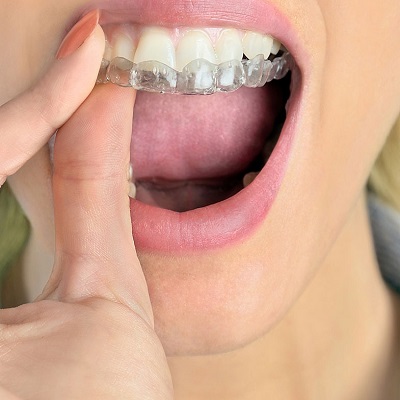When it comes to Best Dental Appliances Clinic Dubai, both retainers and aligners play crucial roles in achieving and maintaining optimal dental alignment. However, they serve different purposes and are suited to different phases of orthodontic care. Understanding the differences between these appliances can help you make an informed decision about which is right for your needs. Here’s a comprehensive guide to help you choose between retainers and aligners.
Retainers: Purpose and Benefits:
Retainers are orthodontic appliances designed to maintain the position of your teeth after braces or clear aligner treatment. They are typically used once the initial phase of orthodontic treatment is complete to prevent teeth from shifting back to their original positions.
Types of Retainers:
Fixed Retainers: These are bonded to the back of your teeth (usually the lower front teeth) and are meant to stay in place permanently. They consist of a thin wire attached to the teeth with dental cement.
Removable Retainers: These are custom-made plastic or metal appliances that can be taken out for eating and cleaning. They are usually worn full-time initially and then transitioned to nighttime wear.
Benefits of Retainers:
Maintaining Alignment: Retainers ensure that teeth remain in their corrected positions after orthodontic treatment.
Preventing Relapse: They help avoid the natural tendency of teeth to shift back to their original positions over time.
Custom Fit: Retainers are custom-made to fit the unique shape of your mouth, providing effective results.
Considerations:
Compliance: The effectiveness of retainers depends on consistent use as prescribed by your orthodontist.
Maintenance: Regular cleaning and periodic check-ups are necessary to keep retainers in good condition and ensure continued effectiveness.
Aligners: Purpose and Benefits:
Aligners are a modern orthodontic solution used to gradually move teeth into their desired positions. They are an alternative to traditional braces and are designed for people who need corrective treatment to address issues like misalignment or gaps.
Types of Aligners:
Clear Aligners: Made from a transparent, flexible plastic, these aligners are nearly invisible and designed to be worn over the teeth. The most well-known brand is Invisalign, but there are other options available.
Customizable Aligners: Each set of aligners is custom-designed based on 3D digital scans of your teeth, ensuring a precise fit and effective movement.
Benefits of Aligners:
Aesthetic Advantage: Clear aligners are less noticeable than traditional braces, making them a popular choice for adults and teens.
Removability: Aligners can be removed for eating, brushing, and flossing, making it easier to maintain oral hygiene.
Comfort: They are made from smooth plastic, reducing irritation and discomfort compared to metal braces.
Considerations:
Treatment Duration: The length of treatment varies depending on the complexity of the dental issues being addressed. It is generally shorter for less complex cases but can take several months for more extensive corrections.
Compliance: Aligners need to be worn for 20-22 hours per day to be effective. They should only be removed for eating, drinking (other than water), and oral hygiene.
Choosing Between Retainers and Aligners:
When to Use Retainers:
Post-Treatment Maintenance: Retainers are primarily used after completing orthodontic treatment with braces or aligners to maintain the new position of your teeth.
Preventing Relapse: If you have recently completed orthodontic treatment, using retainers as prescribed is crucial to prevent teeth from shifting.
When to Use Aligners:
Orthodontic Treatment: Aligners are used during the active phase of orthodontic treatment to correct issues such as misalignment, overcrowding, or gaps.
Aesthetic Preferences: If you prefer a less noticeable alternative to traditional braces, clear aligners are an effective option.
Key Differences:
Purpose: Retainers maintain teeth positions after orthodontic treatment, while aligners actively move teeth into the correct positions.
Usage: Retainers are worn as a long-term maintenance solution, whereas aligners are used during the treatment phase for a specific duration.
Visibility: Aligners are designed to be discreet and nearly invisible, while retainers (especially fixed retainers) can be visible but are typically less noticeable.
Conclusion:
Choosing between retainers and aligners depends on your specific orthodontic needs and the stage of treatment you are in. Retainers are essential for maintaining the results achieved through previous orthodontic work, while aligners are a modern solution for actively correcting dental alignment issues. Consulting with your orthodontist will help determine the most appropriate appliance based on your dental health and treatment goals.





Comments